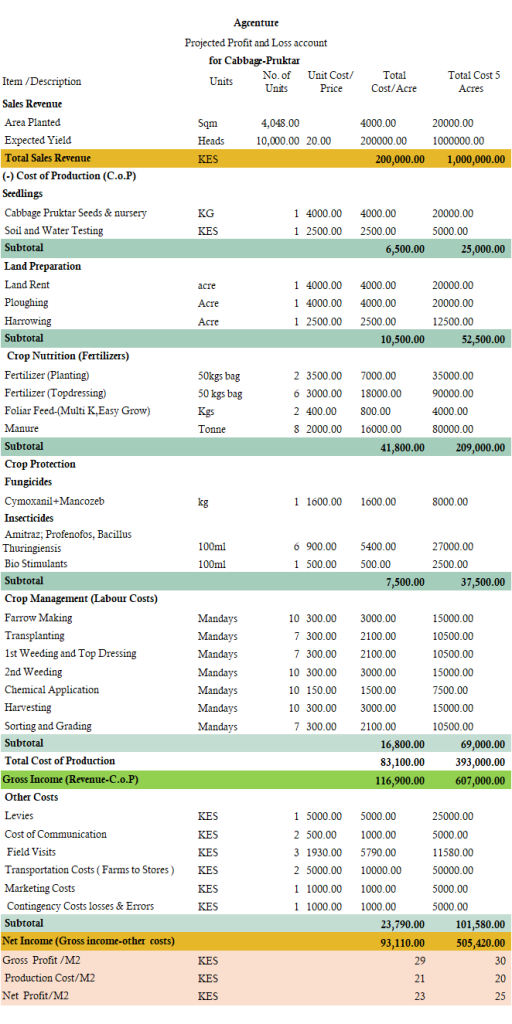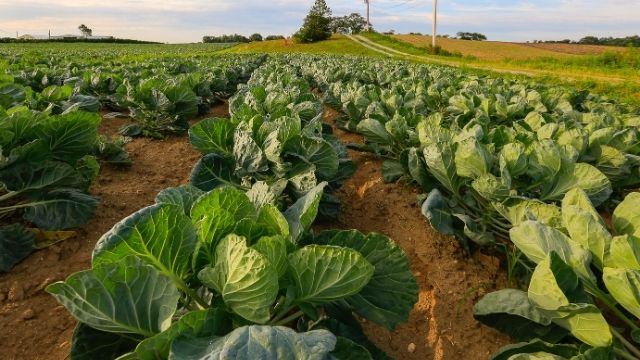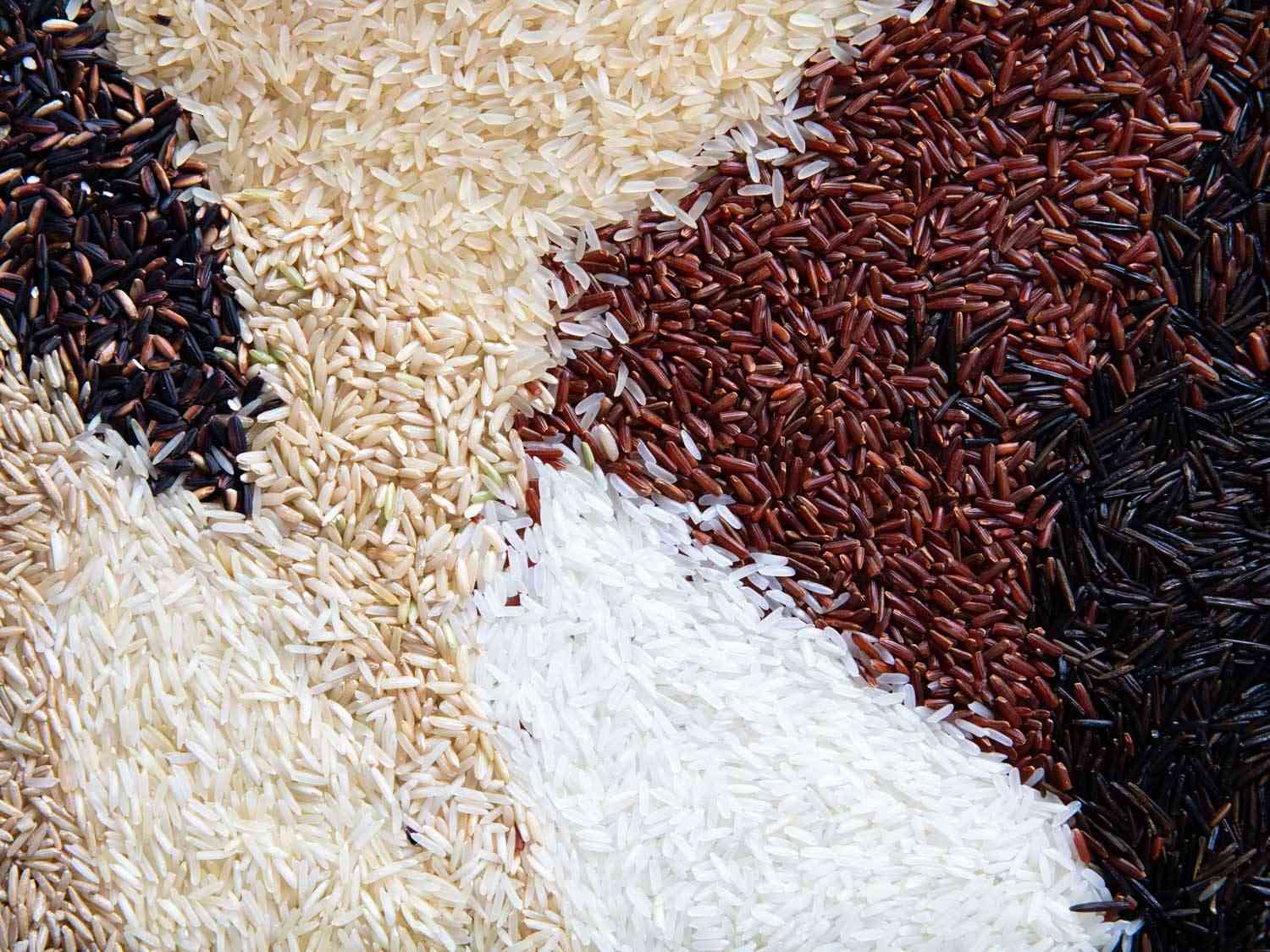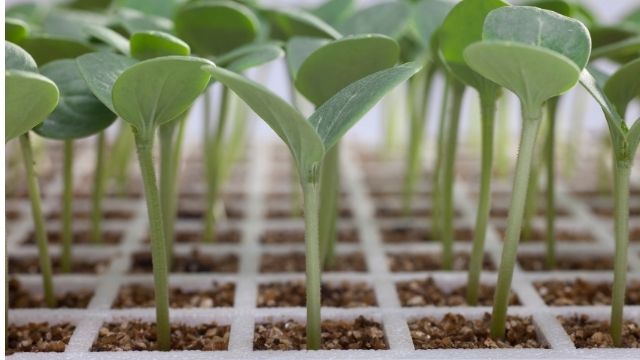Are you wondering how profitable is cabbage farming in Kenya. In this article, we analyze the costs and returns for growing the Pruktor F1 Cabbage variety. The analysis has details for an acre and 5 acres of land
We will do the gross margin analysis by deducting the total cost of farming from the total sales revenue of selling your yields. Expenses include buying seeds, labour and pest control.
This method accounts for all expenses you need to grow cabbages. It will help a farmer plan for all financial, farm inputs like seeds and fertilizer needs before you can farm.
Related: Which is the Best Cabbage varieties to grow in Kenya
Assumptions for profit analysis
To calculate profits for growing cabbages in an area, we make the following assumptions.
- The analysis is for the Pruktor F1 as the best hybrid cabbage variety. Its heads can grow up to 5-6 kilograms. Its maturity after transplanting is 80 days. It can give you 50-60 tons per acre.
- Assume a 90% production efficiency per acre, i.e. 10,000 heads will survive out of 11,111 planted cabbages.
- We assume selling price per cabbage to be KES 20 per head.
- The profit calculations assume farming in an area with over 500 mm of rainfall without water substitution or irrigation.
Costs and profits for growing cabbages in Kenya

The image above shows the detailed returns and costs of growing cabbages on an acre. Besides, we project the profits for five acres. According to the analysis, the following are the returns, cost of production and profit analysis.
Returns
A cabbage farmer can make returns of KES 200,000 for growing cabbages on an acre. In the analysis above, you can have 10,000 mature heads assuming a 90% efficiency. If you sell each at KES 20, you will make the above returns. Contract farming or selling in Kilograms are ways you would make more returns. The returns for 5 acres of cabbages are KES 1 million by making similar assumptions.
Cost of production.
The cost of growing cabbages in one acre is KES 92,100. The breakdown details are as follows.
Seedlings
To prepare planting materials, you need to buy seeds, establish and manage a seedbed. You need 100-120g of quality seeds for one acre from a leading seed company in the region. You will need to water the bed and diseases and pests affecting cabbage seedlings in the nurseries, such as damping-off disease and cutworms. We cost all these at KES 4,000 for an acre analysis.
Soil and water testing
Best tips for successful forming strongly recommend using soil and water testing. Soil results help in the purchase and use of right blends and amounts of fertilizer. The second one will help you source and use clean or potable water in irrigation. This cheap analysis solution will cost you KES 6,500.
Land preparation
You will spend KES 10,000 to prepare the land, making it ready for transplanting your cabbages. Assuming you do not own land, you will lease it at an average cost of KES 4,000 for an acre. Ploughing and harrowing will use KES 4,000 and KES 2,500 per acre using a tractor.
Best fertilizer for cabbage in Kenya
Crop nutrition takes a large portion of the production costs at KES 38,400. Apply manure, planting and top-dressing fertilizers as per recommended doses. You will need 8 tons of compost for one acre and 100 kgs (2 bags) of a planting fertilizer like DAP, DSP, TSP or NPK for basal application.
For the top dressing, you need 100 kg in 2-3 weeks after transplant. The second dose is 200 kilograms per acre when heads form. The analysis assumes the costs to be KES 2000, KES 3500 and KES 3000 for a ton of compost and 50 kgs bag of planting and top dressing fertilizers.
You may apply a foliar feed to substitute the need for expensive crop health.
Crop protection
Cabbages are susceptible to many diseases and pests that affect their yields. They include aphids, cutworms and slugs. To control diseases and insects, use registered bio-insecticides and bio-pesticides like Cymoxanil, Mancozeb, Amitraz, Profenofos, Bacillus Thuringiensis. Add a bio-stimulant to improve the plant’s health. These cost of buying the chemicals is around KES 7500 for an acre.
Labor costs
Managing crop from transplant to harvest is the second most expensive. You will need the labour of 61 working days for the entire growing period. Workers are for furrow making, transplanting, weeding, top dressing, spraying, harvesting, sorting and grading. The figure above shows the cost computations.
Gross Profits
The analysis shows a farmer will get a gross profit of KES 116,900. You will subtract the total costs of KES 83,100 from the sum returns of KES 200,000. A five acres farmer will earn a gross profit of KES 607,000.
Net profit
We estimate the net profit by deducting other or miscellaneous costs from gross profit.
A farmer will use KES 23,700 to pay for other costs. They are funds to market, communicate and transport goods to market. Other expenditures will cater for contingency errors, field visits and paying levies on open-air food markets.
The farm will thus pocket KES 93,110. It is after deducting the total costs from the gross profit if KES 116,900.
Read Next: How to grow huge cabbages in Kenya
Gross margin analysis
To make more sense for the analysis, we also estimate the unit gross profit, production cost and net profit for a square metre.
The analysis shows farming on a large scale will favour farmers. According to the calculations above, the gross and net profits per M2 are higher than those of one acre,
Agcenture offers paid gross margin analysis services for various value chains. We customize to your region and farm needs. Contact us today for any consultation.




I am inspired to start by I really don’t where to start